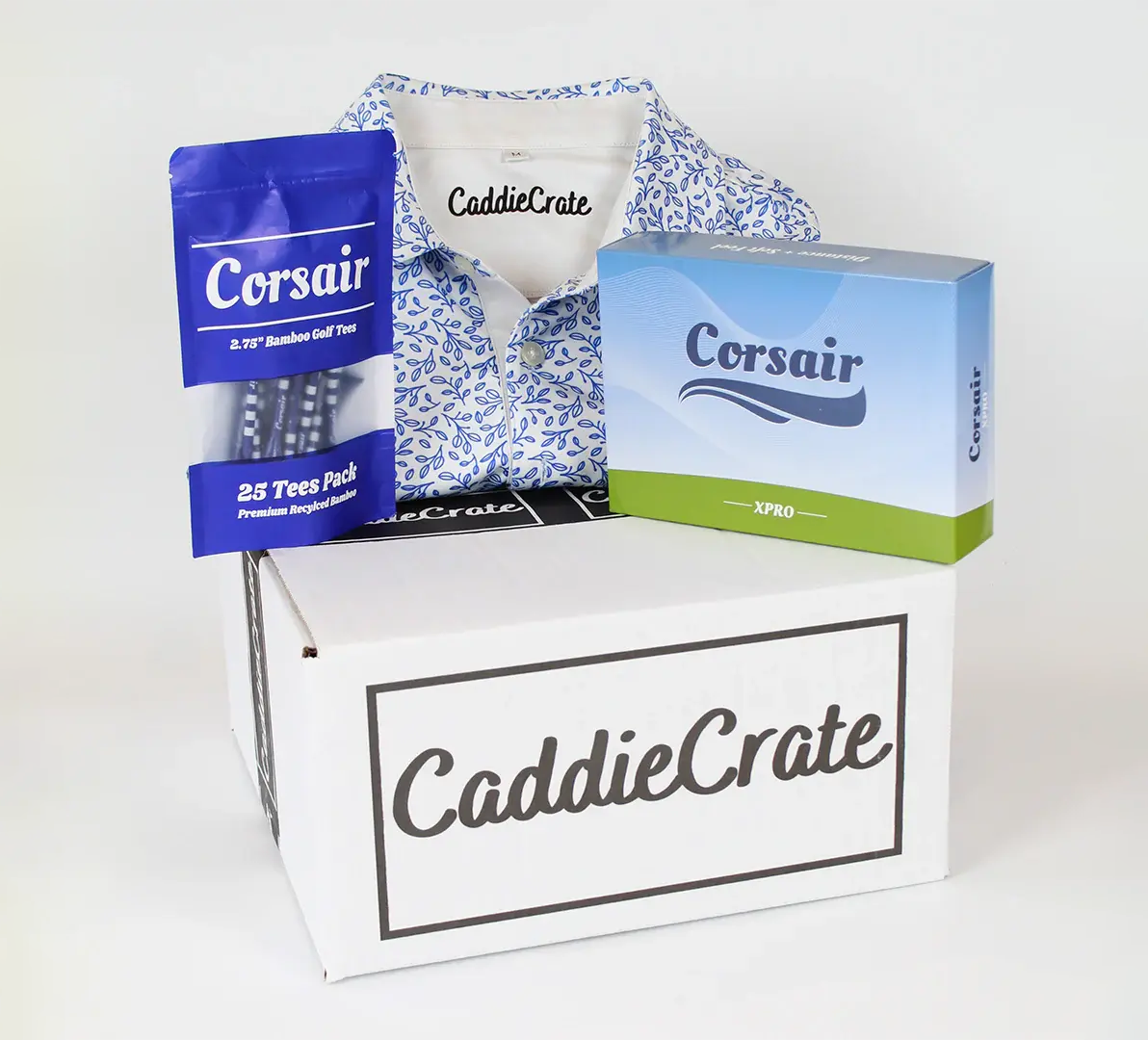Golf is not just about hitting the ball straight; it’s about knowing how to handle various lies you’ll encounter on the course. Each lie presents its own challenges and requires specific techniques to ensure a successful shot. From the smooth fairway to the unpredictable rough, and the dreaded bunkers, mastering these different lies can make a significant difference in your score. In this guide, we’ll cover the best strategies and tips to help you navigate fairways, rough, bunkers, and other challenging lies like a pro.
1. Fairway Lies: The Ideal Situation
The fairway is where golfers dream of landing their ball. It’s the smoothest, most predictable lie you can get, and it sets you up perfectly for your next shot. However, even in this ideal scenario, there are nuances to consider.
Tips for Fairway Lies:
-
Ball Position and Stance: For fairway shots, position the ball in the center or slightly forward in your stance, depending on the club. Keep your weight balanced and your feet shoulder-width apart.
-
Clean Contact: The key to a great fairway shot is clean, ball-first contact. Focus on striking down on the ball, compressing it against the turf to create a crisp, powerful shot. Avoid scooping or trying to lift the ball; instead, let the club’s loft do the work.
-
Club Selection: Use the appropriate club for your distance and conditions. Fairways allow you to fully utilize your long irons, hybrids, and fairway woods, giving you the best chance to reach the green.
-
Swing Smoothly: A smooth, controlled swing is more effective than trying to overpower the ball. Trust your technique, and don’t rush your swing, especially with longer clubs.
2. Rough Lies: Navigating Thick Grass
Landing in the rough can make your next shot significantly more challenging. The grass can grab your club, reducing control and making it harder to achieve solid contact. Here’s how to handle it.
Tips for Rough Lies:
-
Assess the Lie: Before hitting, assess how deep the ball is sitting in the grass. A ball sitting up slightly is easier to hit than one buried deep. The thicker the grass, the more challenging the shot.
-
Club Selection: Use a club with more loft, like a wedge or short iron, to help get the ball airborne. Avoid using long irons or woods, as these clubs can struggle to get through thick grass.
-
Grip the Club Firmly: A firmer grip helps control the club through impact, especially when the grass is thick. However, don’t overdo it—maintain a balanced grip to avoid tension in your arms and shoulders.
-
Steeper Swing Path: Take a slightly steeper swing path to avoid getting too much grass between the clubface and the ball. A steeper angle of attack allows you to cut through the rough more effectively, making solid contact with the ball.
-
Focus on Contact: The goal in the rough is simply to get the ball back in play. Aim to make solid contact, advancing the ball back to the fairway or toward the green.
3. Bunker Lies: Mastering the Sand Trap
Bunkers can be intimidating, but with the right technique, you can turn these hazards into manageable challenges. Understanding how to approach different types of bunker lies will give you confidence when you find yourself in the sand.
Tips for Bunker Lies:
-
Stance and Setup: In greenside bunkers, take an open stance with your feet slightly wider than shoulder-width apart. Dig your feet into the sand to create a stable base. Open the clubface to add loft, allowing the club to slide under the ball.
-
Ball Position: Position the ball slightly forward in your stance. This helps you strike the sand before the ball, which is crucial for getting the ball out of the bunker.
-
Splash the Sand: Focus on hitting the sand about 1-2 inches behind the ball. The goal is to splash the sand out, carrying the ball with it. Use a smooth, accelerating swing, keeping the clubface open throughout the shot.
-
Fairway Bunker Shots: When in a fairway bunker, aim for clean contact by positioning the ball slightly back in your stance and avoiding digging your feet too deeply into the sand. Take one more club than you usually would and focus on a smooth, controlled swing, making sure to strike the ball before the sand.
-
Stay Committed: Bunker shots require confidence. Trust your setup and swing through without decelerating. Committing fully to the shot will help you escape the sand more consistently.
4. Hardpan and Bare Lies: When Turf is Scarce
Hardpan lies, often found on compacted dirt or bare patches, require precise contact because the margin for error is slim.
Tips for Hardpan and Bare Lies:
-
Ball Position and Stance: Position the ball slightly back in your stance, and keep your weight more on your front foot. This helps promote a downward strike on the ball, which is crucial on tight lies.
-
Use a Less Lofted Club: Opt for a club with a bit more loft, like a 7-iron or 8-iron, instead of a wedge, as the higher loft can cause you to dig into the ground too much.
-
Shallow Swing: Use a shallow swing path to pick the ball cleanly off the surface. Avoid steep swings that dig into the ground; instead, focus on sweeping the ball.
-
Focus on Crisp Contact: Keeping your hands ahead of the ball at impact will help create crisp contact. Trust your technique and avoid trying to help the ball into the air.
5. Uneven Lies: Uphill, Downhill, and Sidehill Challenges
Golf courses aren’t flat, and you’ll often encounter uneven lies that challenge your balance and technique. Each type of uneven lie requires a different adjustment.
Tips for Uneven Lies:
-
Uphill Lie: When the ball is above your feet, adjust by aligning your shoulders parallel to the slope. Position the ball slightly forward in your stance, and aim right (for right-handers) as the ball tends to go left on uphill lies. Use a club with more loft to ensure the ball gets airborne.
-
Downhill Lie: For downhill lies, align your shoulders parallel to the slope and position the ball back in your stance. Aim left (for right-handers) as the ball typically fades to the right. Focus on a smooth swing to maintain balance.
-
Sidehill Lie (Ball Above Feet): Stand a little closer to the ball with an upright posture. The ball will tend to go left, so adjust your aim accordingly. Use less wrist hinge in your swing to keep the shot under control.
-
Sidehill Lie (Ball Below Feet): Widen your stance and bend your knees slightly more to maintain balance. The ball will tend to go right, so aim left. Make sure to stay down through the swing, as there’s a tendency to top the ball from this position.
Final Thoughts
Mastering different lies is a key component of becoming a versatile and skilled golfer. Each type of lie presents unique challenges, but with the right approach and adjustments, you can turn these difficult situations into opportunities to excel. Practice these techniques on the range or during your rounds, and you’ll build the confidence needed to handle any lie the course throws at you. Remember, golf is about adapting and staying calm under pressure, so embrace the challenge, and let your skills shine on every shot.



Share:
The Best Golf Drills to Practice at Home